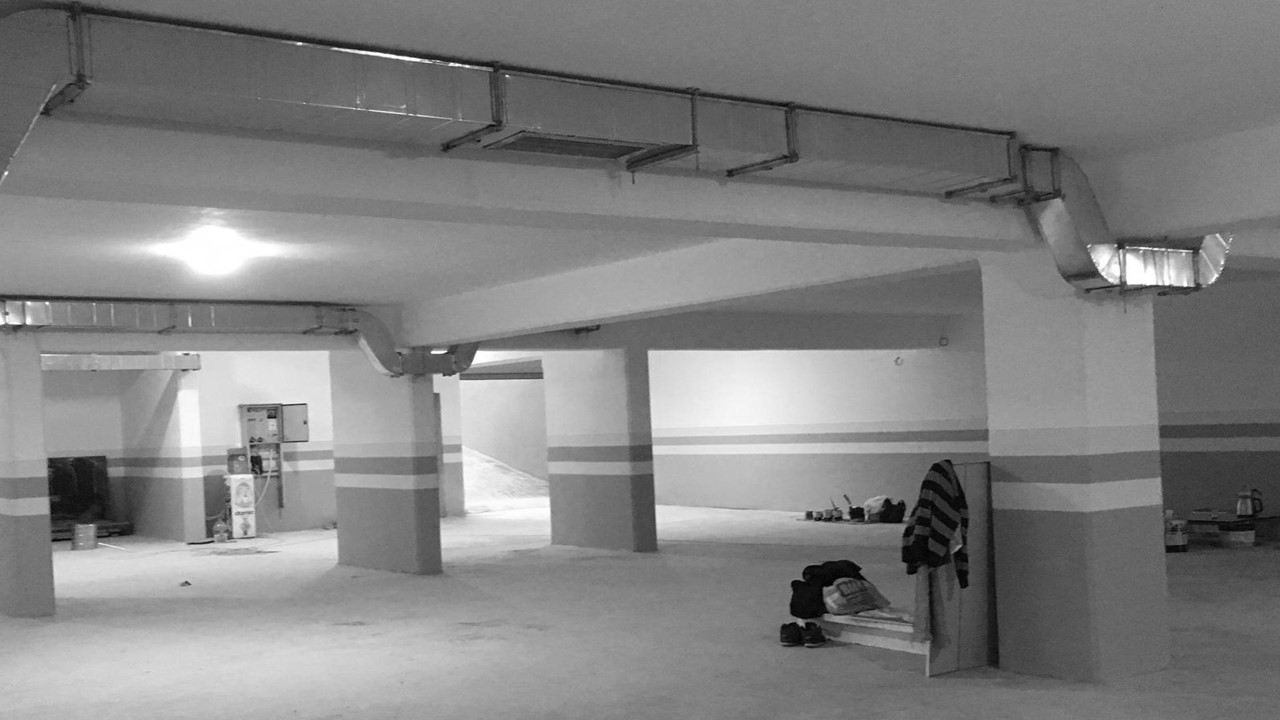
How Should Ventilation Be in Shelters?
Shelters are controlled living spaces designed to ensure human survival during extraordinary situations such as war, chemical or biological attacks, radiation spread, natural disasters, and terror threats. For safety in such areas to be sustainable, besides structural durability, life support systems must be complete and properly engineered. At the forefront of these systems are ventilation and air conditioning systems.
In shelters, which are closed, protected, and usually built underground, providing clean air, removing dirty air, and filtering the ambient air against chemical and biological threats is not only a matter of comfort but a condition for survival.
The Main Purpose of Shelter Ventilation
Ventilation systems in shelters must fulfill the following vital functions:
-
Provide continuous clean and breathable air
-
Remove carbon dioxide (CO₂), humidity, and harmful gases from the environment
-
Provide filtration against chemical, biological, and radioactive (CBRN) threats
-
Maintain oxygen levels balanced
-
Prevent risks such as panic, dizziness, and loss of consciousness by avoiding overheating, humidity, and carbon dioxide accumulation
To achieve these goals, HVAC systems used in shelters must be specially designed both mechanically and energetically.
Classification of Ventilation Systems
Ventilation systems used in shelters are generally evaluated in three main groups:
a) Normal Ventilation (Standard Operating Mode)
This system operates when there is no threat. Fresh air is taken from outside, internal air circulation is provided, and exhaust is discharged. In this mode, energy consumption is low and comfort is ensured.
b) Filtered Emergency Ventilation (Chemical or Biological Threat Situation)
Outdoor air may contain chemical, biological, or radioactive particles. In this case, outside air passes through pre-filters, HEPA, activated carbon, and special CBRN filters before entering. Sealing is important.
c) Closed-Circuit Ventilation (Situations Where Air Cannot Be Supplied)
Activated when no outside air can be taken in. Internal air circulation is limited to oxygen sources and CO₂ absorbents to control indoor air. These systems are generally limited to a duration of 4–8 hours.
Filtration and Air Quality Management
Shelter ventilation systems must have the following filter layers:
-
G4 – F7 – F9 Pre-filters: Dust, pollen, coarse particle retention
-
HEPA Filters (H13 – H14): Particle filtration above 99.95%
-
Activated Carbon Filter: VOC, odor, and gas retention
-
CBRN Filter (Military grade): Special filters produced against war gases, nerve agents, biological agents, and radioactive particles
In these systems, filter replacement intervals should be monitored with sensor-supported tracking, and backup filters must be kept in stock.
Pressurization and Air Leakage Management
Shelters should operate with positive pressure to prevent threats in outside air from infiltrating inside. Indoor pressure should be designed to be 50–150 Pascals higher than outside.
The importance of positive pressure:
-
Prevents infiltration of gases or harmful particles
-
Suppresses air passage from outside to inside at doors and sealing gaskets
-
Provides internal air protection time even in system failure
This pressurization should be supported by automatic pressure control units, differential pressure sensors, and air leakage tests.
Energy Efficiency and Continuity
Power outages in shelters pose a major risk. Therefore:
-
HVAC systems should be supported by uninterruptible power supplies (UPS) and generator systems
-
Fan motors should be selected as low energy consumption EC motors
-
Heat recovery systems can reuse energy from exhaust air
-
All systems should operate modulated to minimize energy consumption
From an energy engineering perspective, systems that provide maximum air cleanliness with minimum energy consumption should be preferred.
Automation and Monitoring Systems
Although shelter HVAC systems can be operated manually, an automation-supported structure increases system performance and minimizes human error. In this context:
-
CO₂, O₂, VOC, temperature, humidity, and pressure sensors should be integrated into the system
-
Filter clogging indicators (differential pressure) should be present
-
Alarm scenarios (filter fullness, fan failure, air leakage) should be defined
-
The automation system should integrate with fire, lighting, and gas detection systems
National and International Standards
Shelter ventilation systems must be designed in compliance with the following regulations and standards:
-
TS 9881 / TS EN 12101: Emergency ventilation systems
-
DIN 25470 / 25474: Shelter systems against nuclear and chemical threats
-
AFAD and Ministry of Environment and Urbanization Shelter Regulations
-
NATO STANAG 4441: CBRN filtration systems
-
ISO 14644-1: Cleanroom classification (for critical shelters)
Compliance with these regulations is not only a legal requirement but also essential from a life-saving engineering practice perspective.
Ventilation in Shelters Is a Survival System
Ventilation systems designed for shelters are a vital life-support infrastructure, distinct from classic air conditioning solutions. The success of these systems depends on correct engineering approach, energy efficiency, precise control technology, and high-durability equipment.
The effectiveness of a shelter begins with the assurance of the ventilation system.
Therefore:
-
Continuous cleaning of air,
-
Filtration against CBRN threats,
-
Protection at positive pressure,
-
Sustainment with energy sources,
are of critical importance.
A properly designed shelter ventilation system makes life sustainable even in the worst-case scenarios.
İlker KURAN
Alperen Engineering Ltd.







